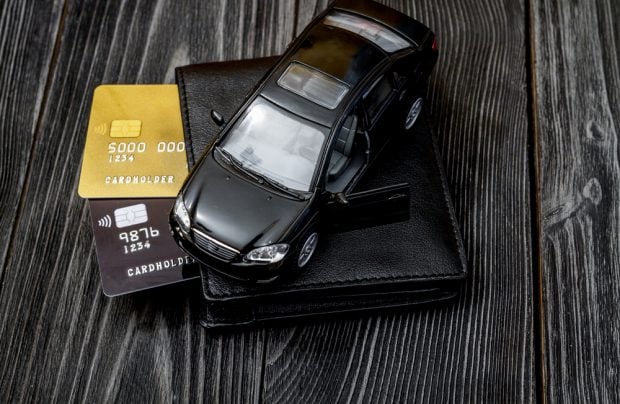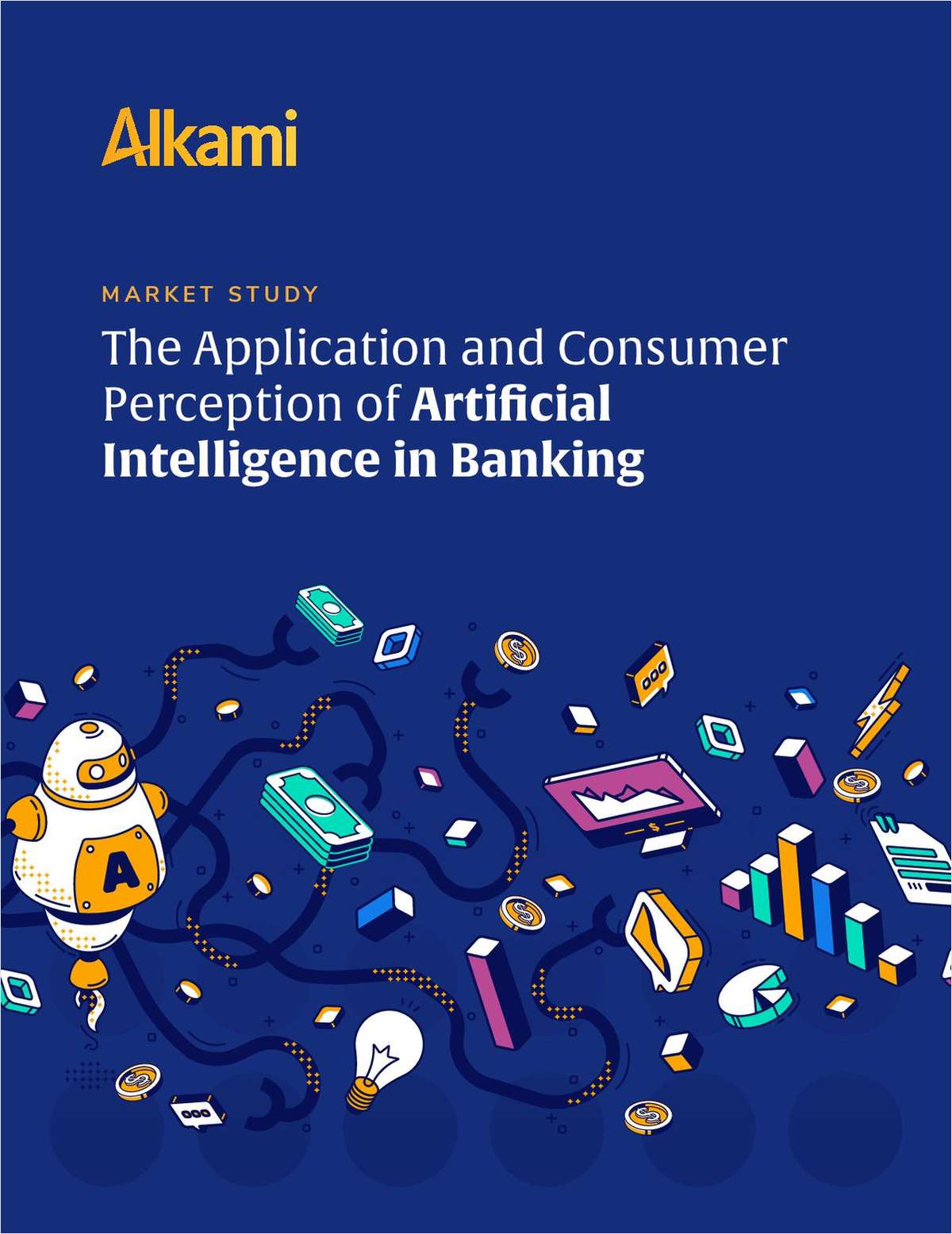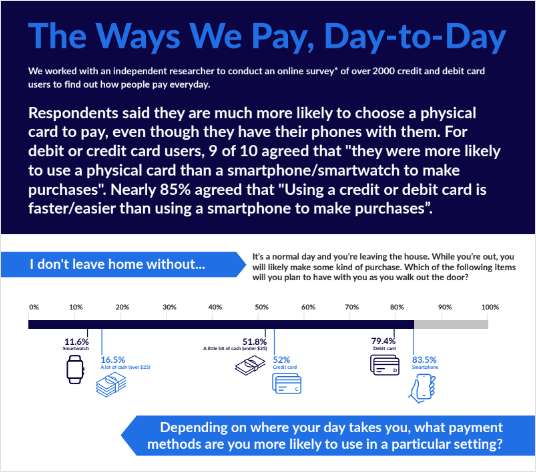As biometrics transitions from science fiction to reality, the financial services industry appears ready to embrace it as a mainstream means of authentication – for everything from mobile payment platforms to core processing systems.
According to the London-based firm Goode Intelligence, by the end of this year, some 450 million financial institution customers globally will use biometrics, which will also be the principal banking authentication method by 2020.
The Brookfield, Wis.-based core processor Fiserv, for instance, recently integrated palm vein biometrics technology into its DNA account processing platform, which will initially facilitate authentication for activities such as withdrawing funds or accessing a safety deposit box.
Complete your profile to continue reading and get FREE access to CUTimes.com, part of your ALM digital membership.
Your access to unlimited CUTimes.com content isn’t changing.
Once you are an ALM digital member, you’ll receive:
- Breaking credit union news and analysis, on-site and via our newsletters and custom alerts
- Weekly Shared Accounts podcast featuring exclusive interviews with industry leaders
- Educational webcasts, white papers, and ebooks from industry thought leaders
- Critical coverage of the commercial real estate and financial advisory markets on our other ALM sites, GlobeSt.com and ThinkAdvisor.com
Already have an account? Sign In Now
© 2025 ALM Global, LLC, All Rights Reserved. Request academic re-use from www.copyright.com. All other uses, submit a request to [email protected]. For more information visit Asset & Logo Licensing.









